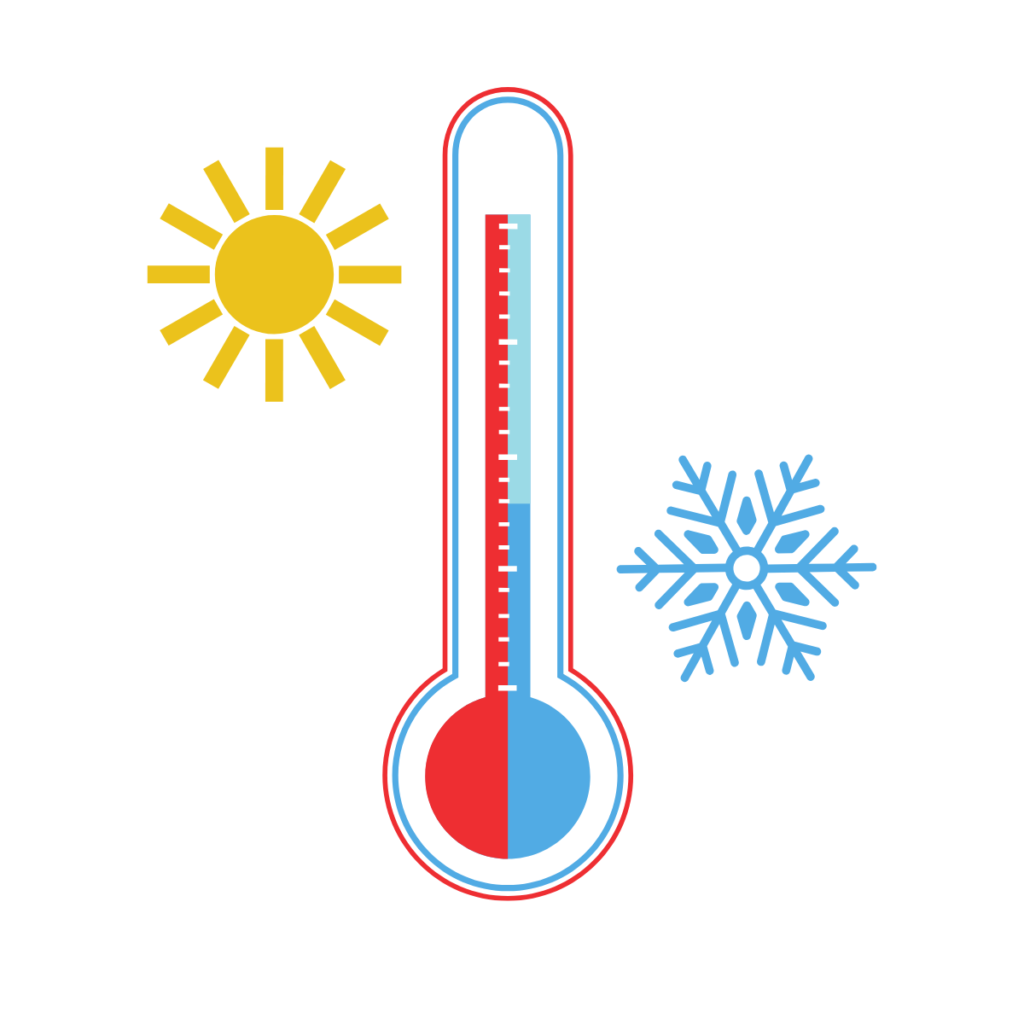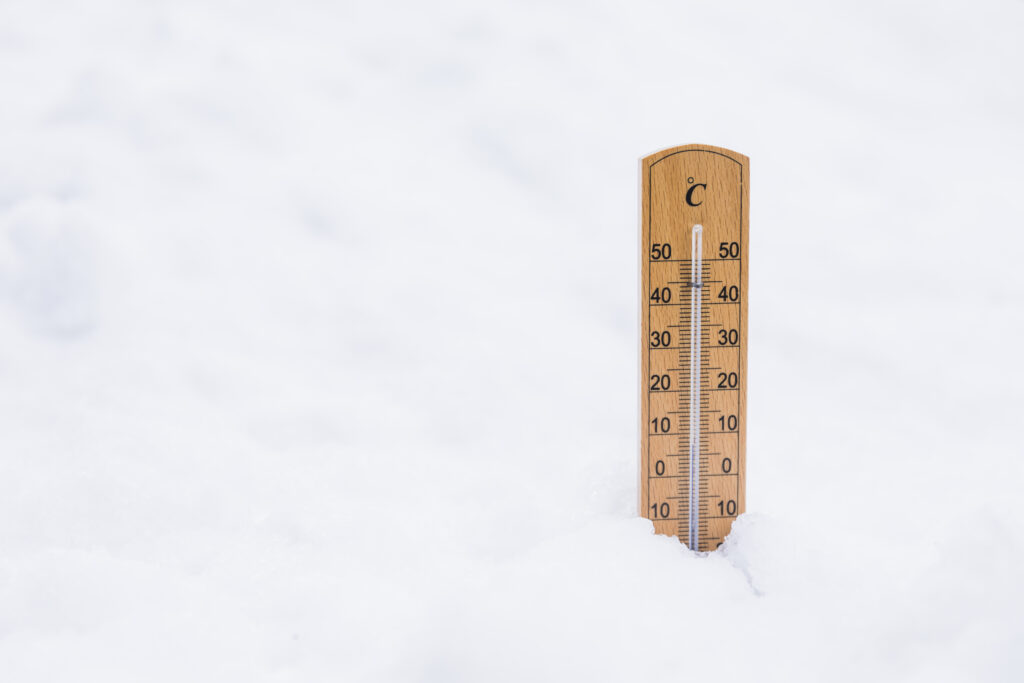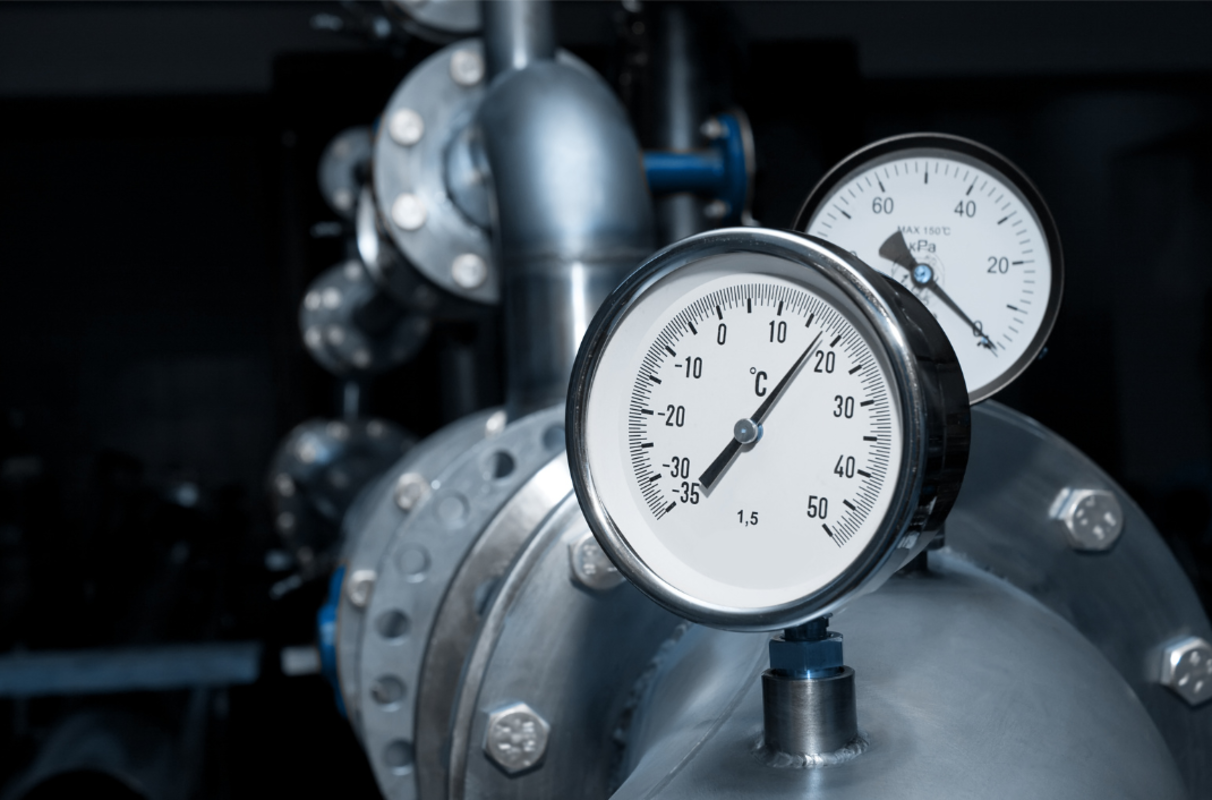If you need to reduce the temperature in a warehouse, workshop, factory, or any business premises – whether it’s a restaurant, farm building, or repair shop – McCarthy Hire offers an economical and effective solution. An industrial air cooling unit delivers a steady flow of cool air, achieving temperature reductions between 4°C and 12°C compared to the incoming air.
We provide several models of evaporative cooling units, each with varying air flow rates to suit different spaces. But how do you select the right air flow rate and industrial air cooling unit model for your specific needs?

How to Determine the Air Flow Rate of an Industrial Air Cooling Unit
When cooling an entire room, determining the correct air flow rate of an industrial air cooling unit involves considering two key factors:
- Volume of the space to be cooled: This is usually based on the floor area of the room, with a typical cooling height ranging from 3 to 5 metres.
- Desired cooling level: The extent of temperature reduction required in the industrial environment.
Our air cooling units at McCarthy Hire range in capacity from 5,000 m³/h up to 30,000 m³/h.
To help you identify the correct air flow rate and decide on the size or number of industrial air cooling units you need, here’s a guideline based on room surface area:
| Room surface | Air cooler flow rate |
| 30-40 m2 | 5000m3/h |
| 80 – 150m2 | 12000m3/h |
| 150 to 250m2 | 22000m3/h |
| 200 to 400m2 | 30000m3/h |
| Over 400m2 | A multiple of modules |
The volume of the area to be cooled is crucial. Air flow rate, typically calculated relative to surface area, is based on an average air renewal rate of 20 times the room volume per hour.
In certain scenarios, it’s necessary to oversize the air flow rate of your industrial air cooling unit, such as:
- Poor building insulation
- When cooling mezzanine areas where hot air rises
- Poor ventilation
- Presence of significant heat sources in the area
Conversely, conditions that improve the efficiency of an industrial air cooling unit include:
- Existing ventilation or extraction systems aiding air renewal
- Open doors or drafts encouraging airflow
- Well-insulated buildings
If your goal is to cool specific zones within a workshop, “cooling islands” may be the best solution. Typically, units with flow rates of 12,000 or 22,000 m³/h are positioned strategically, such as at the corners of the area requiring cooling.

Selecting a Cooler Based on Air Flow Rate
Our adiabatic industrial air cooling units stand out for their flexibility and versatility. Whether you need a mobile unit or a permanently installed system, they adapt seamlessly to any environment. What’s more, mobile units offer a sweep function, enabling you to cool an area effectively without relocating the device. They can also be moved as heat loads change throughout your workspace.
These cooling units are ideal for emergency cooling needs, improving comfort and working conditions in critical situations. They are environmentally friendly and cost-effective, making them perfect for both targeted zone cooling and broader air conditioning approaches.
Here’s an overview of the models suited for different space sizes:
- MC 50: Our most compact model, best for cooling rooms up to 50 m².
- MC 150 : Designed for factory or retail spaces up to 150 m².
- MC 180: Suitable for spaces up to 180 m².
- MC 250: Suitable for areas ranging from 150 to 250 m².
- MC 400: Our most powerful model, capable of cooling industrial spaces up to 400 m².
- ePUR150 Fresh: Ideal for cooling spaces up to 400 m².
When choosing the right air flow rate, always start by considering the surface area and layout of your business premises.
Reach out today on 01604 635333 or email us at [email protected] for expert advice and support tailored to your cooling needs.

